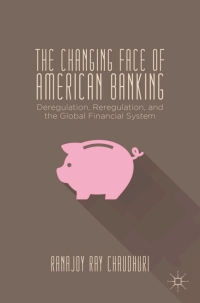a. b. Earlier this year, Terzetto Hot Tubs implemented a promotion where customers do not have to pay for their purchase for three years after the date of delivery (they sign a non-interest-bearing note instead). Because people have been unable to go on vacations, sales have been brisk. The typical hot tub sells for $9,000 (the "sticker price") and customers would normally be charged 10% annual interest on any unpaid balance in their account Identify what is being "sold" or briefly discuss the separate performance obligations Terzetto should be considering for its sales of hot tubs. (One sentence or point form) Assuming a hot tub was delivered on June 1, prepare all of the journal entries that should be recorded on this day for a typical $9,000 hot tub, assuming the customer takes advantage of the "do not pay for three years" option Please show your calculations or calculator inputs. Assume the sticker price of $9,000 is based on a 25% mark-up on cost. Prepare all journal entries that should be recorded on December 31, 2020 regarding this note. d. The balance in Terzetto's Allowance for Doubtful Accounts was $18,000 on January 1, 2020. Prior history indicates that Terzetto collects 97% of the payments so during the year, bad debts expense of $45,900 were recorded and write-offs were $67,000. Now at the December 31, 2020 year-end, the controller estimates that due to the effect of covid on the economy, 5% of the $1,350,000 balance in receivables will probably be uncollectable. Prepare any adjusting entries that should be recorded at year-end. Briefly discuss (two or three sentences) why you agree or disagree with the current method of accounting used by Terzetto for bad debts. Support your answer with a reference to at least one foundational principle from the conceptual framework (excluding full disclosure") c. e a. b. Earlier this year, Terzetto Hot Tubs implemented a promotion where customers do not have to pay for their purchase for three years after the date of delivery (they sign a non-interest-bearing note instead). Because people have been unable to go on vacations, sales have been brisk. The typical hot tub sells for $9,000 (the "sticker price") and customers would normally be charged 10% annual interest on any unpaid balance in their account Identify what is being "sold" or briefly discuss the separate performance obligations Terzetto should be considering for its sales of hot tubs. (One sentence or point form) Assuming a hot tub was delivered on June 1, prepare all of the journal entries that should be recorded on this day for a typical $9,000 hot tub, assuming the customer takes advantage of the "do not pay for three years" option Please show your calculations or calculator inputs. Assume the sticker price of $9,000 is based on a 25% mark-up on cost. Prepare all journal entries that should be recorded on December 31, 2020 regarding this note. d. The balance in Terzetto's Allowance for Doubtful Accounts was $18,000 on January 1, 2020. Prior history indicates that Terzetto collects 97% of the payments so during the year, bad debts expense of $45,900 were recorded and write-offs were $67,000. Now at the December 31, 2020 year-end, the controller estimates that due to the effect of covid on the economy, 5% of the $1,350,000 balance in receivables will probably be uncollectable. Prepare any adjusting entries that should be recorded at year-end. Briefly discuss (two or three sentences) why you agree or disagree with the current method of accounting used by Terzetto for bad debts. Support your answer with a reference to at least one foundational principle from the conceptual framework (excluding full disclosure") c. e







